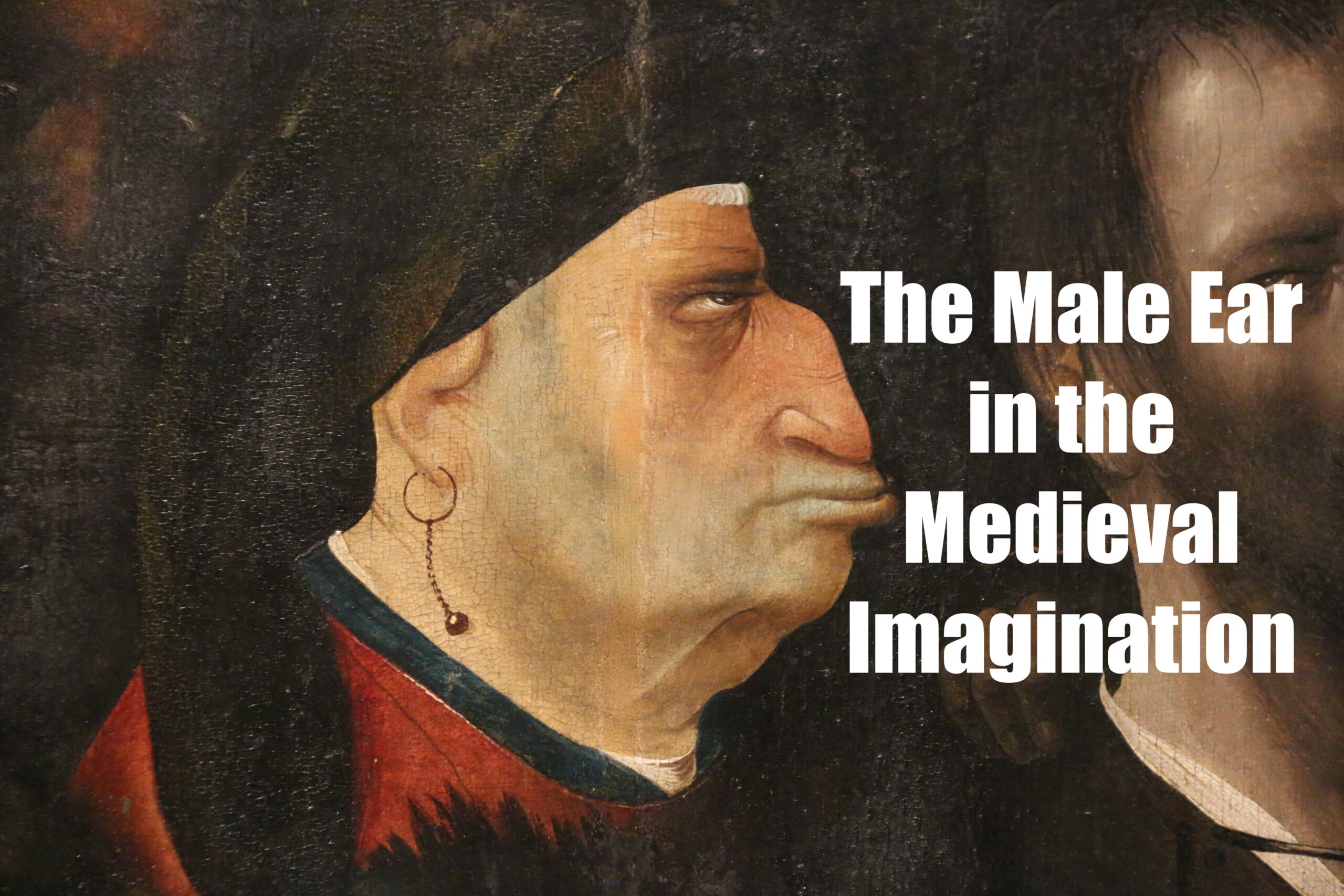
"In medieval Europe, earrings carried deep symbolic weight and were viewed as markers of deviance, marginality, and even infamy, reflecting societal views on bodily adornment."
"Earrings were not just a decorative choice but were often seen as emblematic of those outside the moral and spiritual order of Christendom, tied to bodily mutilation."
In medieval Europe, earrings were viewed with suspicion and condemned for their association with bodily mutilation, reflecting a significant cultural perception of adornment. Historian Denis Bruna’s research highlights how earrings were seen not merely as decorative but as symbols of infamy and marginality, connected to spiritual and moral transgressions. In religious art, particularly from the late medieval and Renaissance periods, earrings were used to depict characters on the fringes of society, thus illustrating the cultural anxieties surrounding bodily modification and societal expectations during this era.
Read at Medievalists.net
Unable to calculate read time
Collection
[
|
...
]